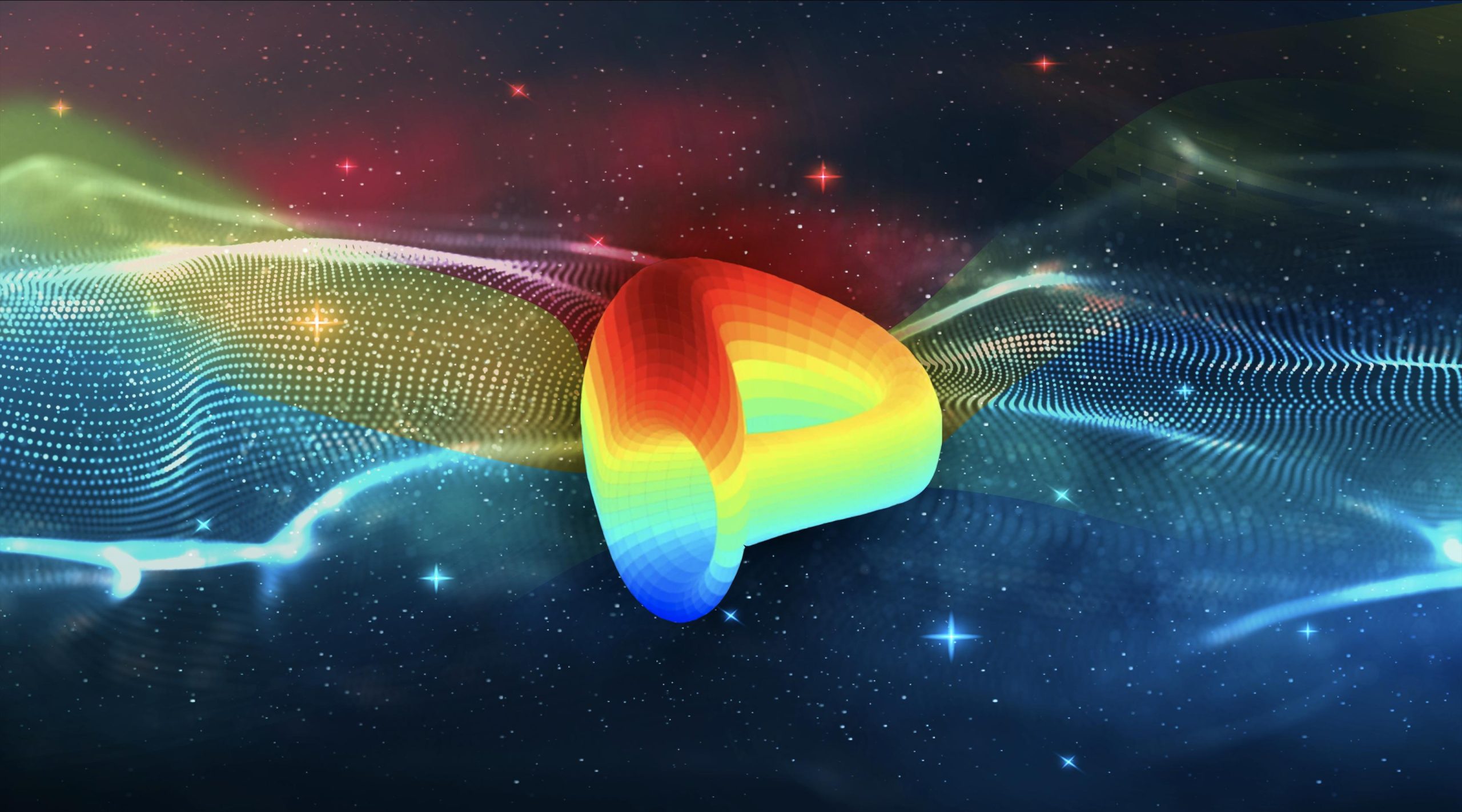
Coinposters
Everything to Know About Curve DAO Token

Curve DAO Token is an Ethereum-based token that powers the Curve.fi ecosystem, which is a blockchain-based decentralized exchange with an automated market maker. Curve DAO Token is the focal point of the one-of-a-kind user interface that taps into the potential of the decentralized finance market.
Curve protocol facilitates the exchange of various ERC-20 tokens while also providing swap support for Bitcoin tokens based on Ethereum and stablecoins such as DAI. Curve acts as a decentralized exchange that connects users to exchanges with the best rates by offering low slippage rates and low fees for exchanging tokens.
Curve DAO Token (CRV) has intrigued your interest, but you’re not sure what it’s all about or where to start? No problem. This article will tell you everything you need to know about cryptocurrency.
What is Curve DAO Token?
Curve (CRV) is a decentralized exchange (DEX) and liquidity provider created specifically for stablecoin users to provide DeFi services. Many Uniswap concepts, such as the integration of an AMM and liquidity pools, are borrowed by the network. As a result, its developers frequently refer to it as the “Uniswap of stablecoins.”
Since the concept was first introduced in 2019, curve has grown in popularity. Today, the project is popular among stablecoin traders and liquidity providers seeking low slippage and deep liquidity. Curve currently has $10,151,190,151.29 in locked liquidity, which includes factory pools. The platform has a daily trading volume of +$166,000,000 on average.
History
Curve DAO was founded and launched in 2020, making it one of the most recent projects in the decentralized finance sector. Michael Egorov, a Russian scientist, developed and created the Curve DAO Token.
Michael Egorov has prior experience with blockchain and cryptocurrency startups, having co-founded and served as CTO of NuCypher. NuCypher is primarily concerned with developing privacy-oriented protocols and infrastructure.
How it Works
The Curve DAO token is the fuel that drives the Curve.fi financial platform, which functions as an exchange and automated market maker. AMMs enable a new trading model in which assets can be exchanged permissionlessly and automatically. Trading is done automatically through liquidity pools rather than through order books.
Liquidity providers are rewarded for creating pools and depositing tokens. Each pool contains token pairs that are supported by that liquidity pool. Pools contain similar assets to minimize impermanent loss and increase the likelihood of returns.
The exchange market is built on liquidity pools, and the protocol connects users to various exchange markets in order to find the best fee rates. Curve.fi ensures low slippage and thus allows traders to maximize their returns. When a network user trades on the Curve network, liquidity providers are compensated for their participation with a portion of the trading fee.
What Makes it Unique
Curve assisted DeFi investors in overcoming some of the issues with Uniswap V1. The developers included some proprietary systems that allowed for efficient stablecoin trading, low-risk transactions, and passive rewards for liquidity providers.
When you first visit Curve, you will notice that the protocol is very simple in both design and technical structure. It’s clear that the developers wanted their platform to work on any internet-enabled device. You can easily navigate the platform and find the critical pool data you need to make investment decisions.
The difference between your trade price and what you actually pay for your assets is referred to as slippage. It is the result of price movement between the time your order enters the market and the time your trade is executed.
Slippage is a major issue for early DEXs. Curve addresses these concerns by emphasizing assets that are directly linked to national currencies.
Curve’s technical structure allows it to provide competitive exchange rates for stablecoins. The low fees are the result of the smart contract’s straightforward design. The system completes the trade in a single transaction, lowering traders’ gas costs. On average, traders pay 30% less in fees when trading stablecoins on Curve versus Uniswap.
Curve’s network capabilities are expanding. The platform currently supports many of the top stablecoins. DAI, USDC, USDT, TUSD, BUSD, PAX, and sUSD are all available for trading. The protocol also supports some BTC-pegged pools via RenBTC, WBTC, sBTC, and HBTC.
Bottomline
Curve DAO and Curve.fi have risen to prominence in the decentralized finance sector in a relatively short period of time since the project’s inception in 2020. Curve.fi makes exchanging ERC-20 tokens and stablecoins simple and cost-effective by offering some of the lowest fee rates and lowest slippage.
Curve’s role in the stablecoin market is growing as the market for stablecoins grows. The network is uniquely positioned to provide stablecoin users with a variety of features that are difficult to find elsewhere. For these reasons, Curve will likely continue to expand its operations in the future.
Latest
Altcoins
09 May 2024
Altcoins
19 Apr 2024
Altcoins
16 Jan 2024
Altcoins
31 Aug 2023
Altcoins
24 Jun 2023
Altcoins
24 Jun 2023













